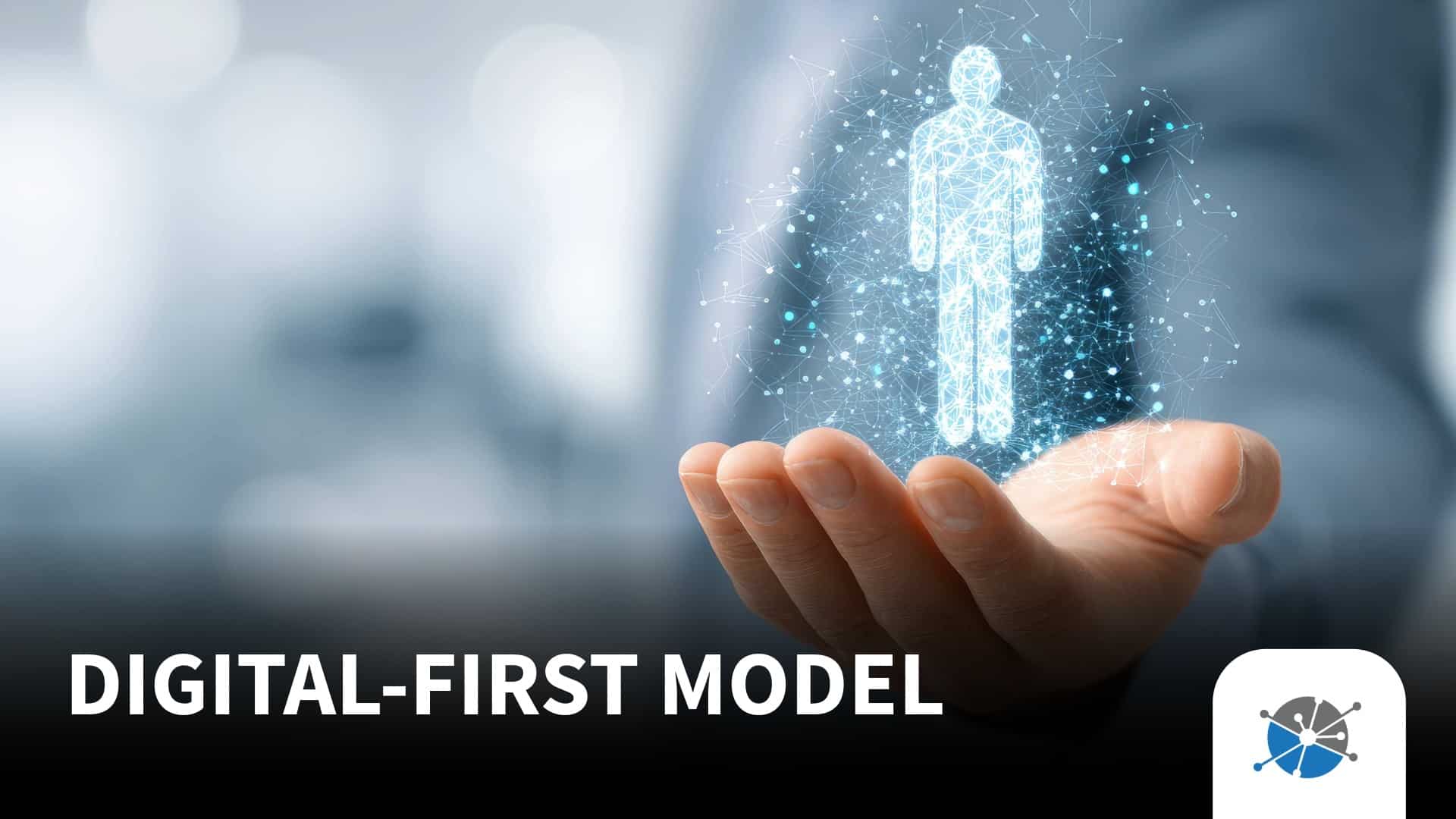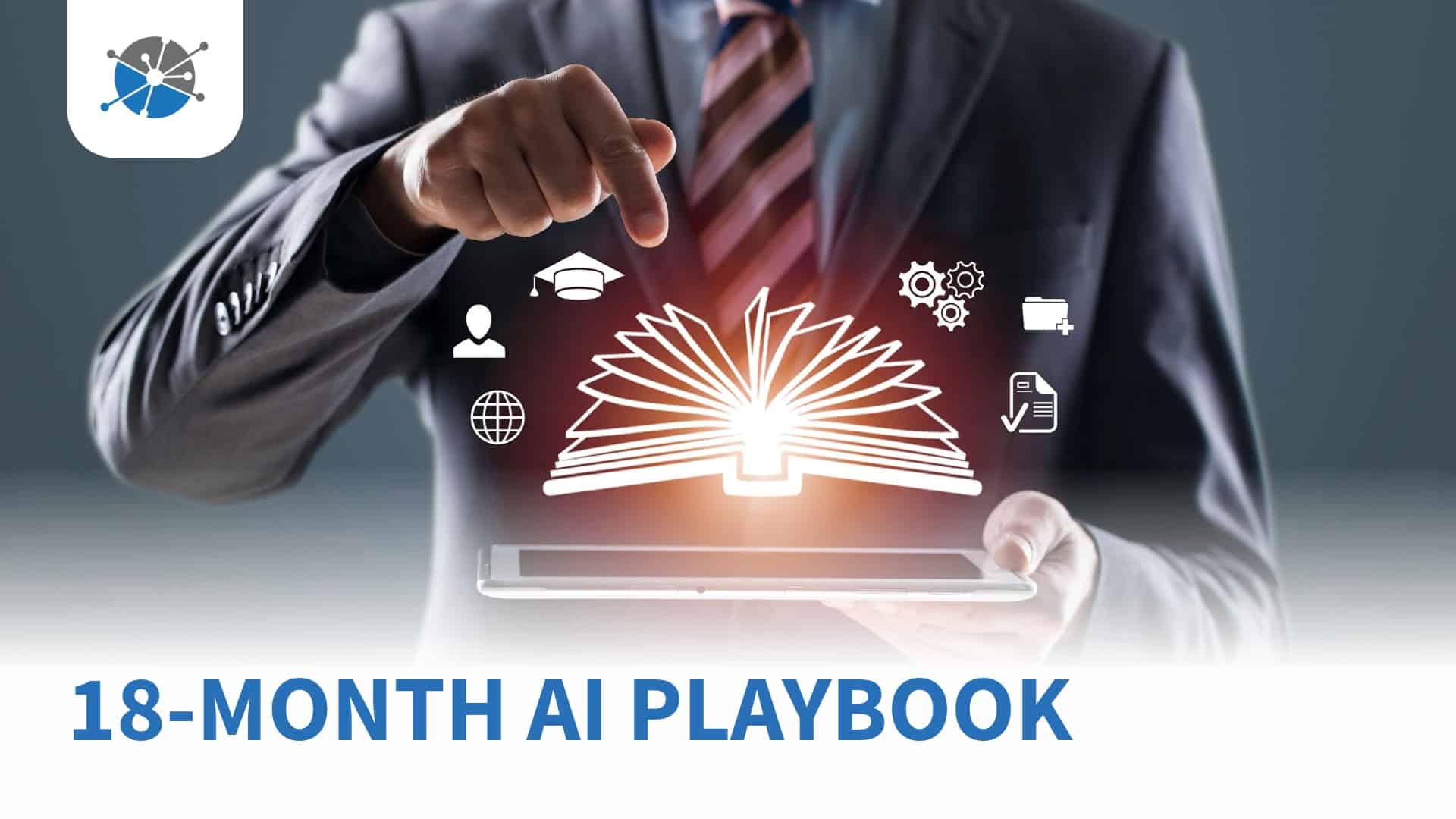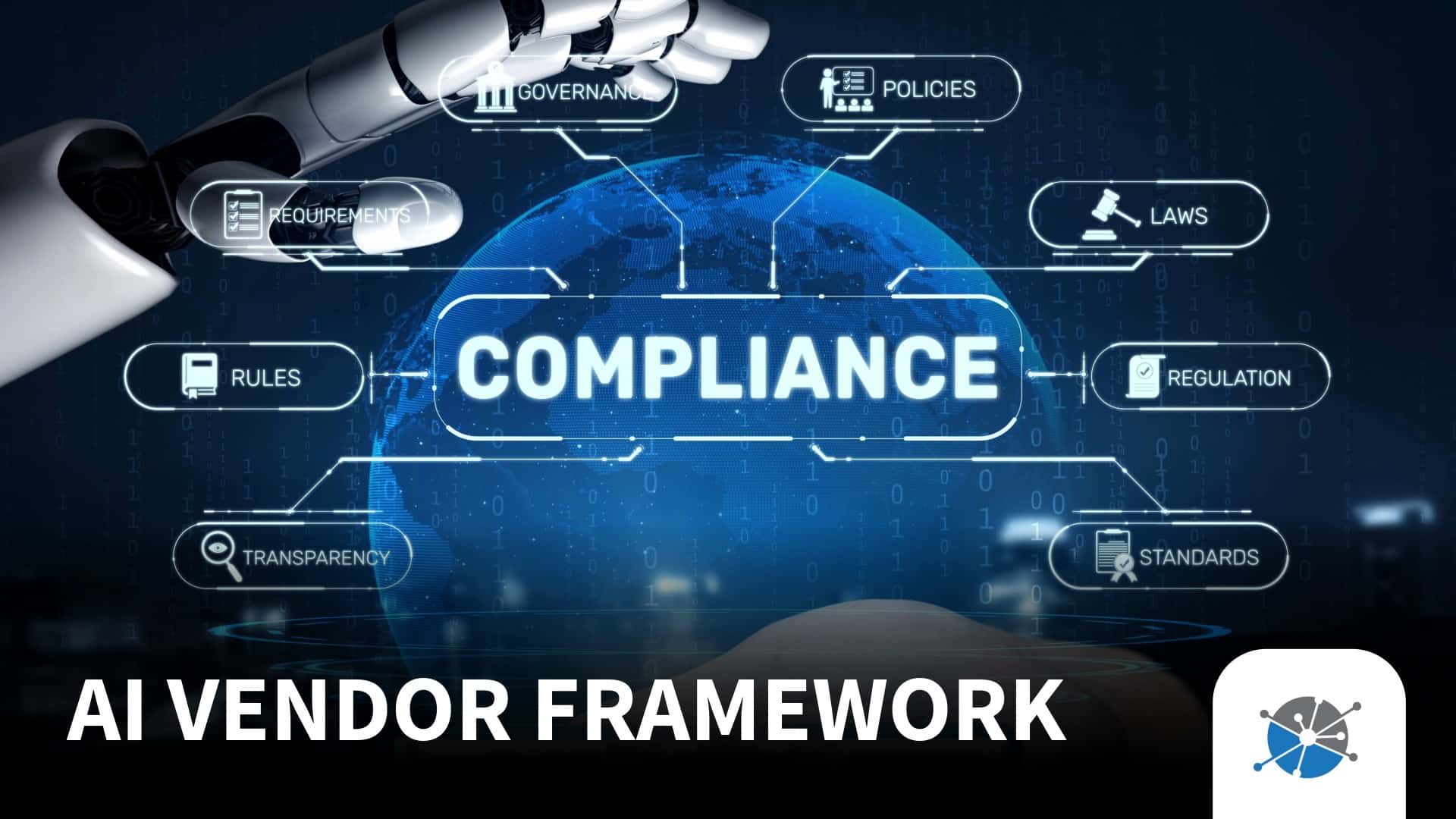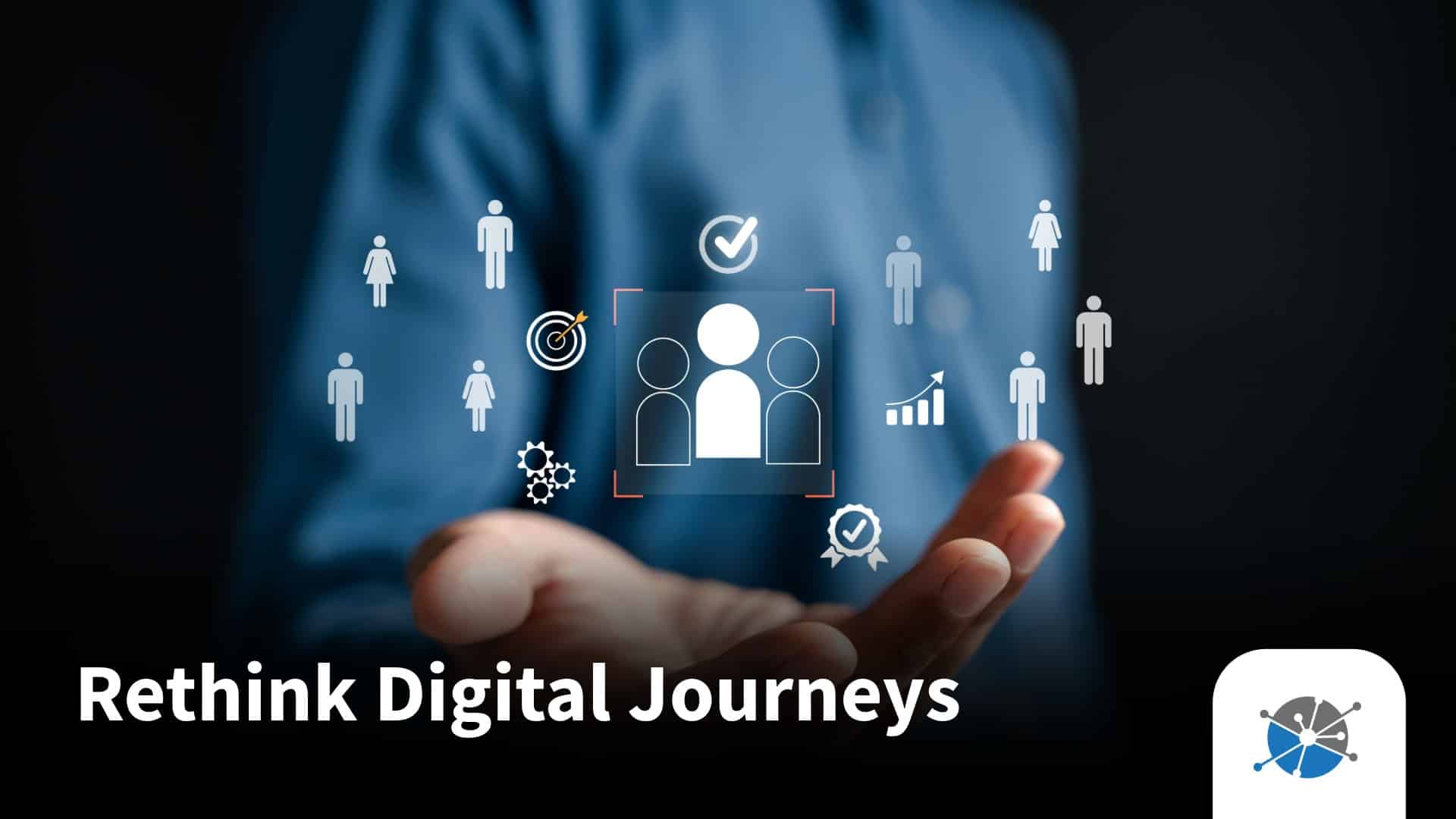
The Role of Predictive Analytics and Self-Service in Digital-First Debt Collection
Artificial intelligence in debt collection has evolved from experimental to operational. It is no longer a future ambition and has become a present-day necessity. Agencies, creditors, and debt buyers now face simultaneous challenges: regulatory scrutiny (now mostly at the state level), labor shortages, and shifting borrower preferences toward digital-first engagement.
For decades, phone calls dominated collections. Today, however, borrower expectations have fundamentally changed. The demand for self-service, digital communication, and personalized interactions is driving an industry transformation.
The most urgent question for leaders is not whether to adopt AI, but how to prioritize its use cases for sustainable results.
This article explores how predictive analytics, compliance AI, and self-service can be prioritized to maximize efficiency and consumer trust. A practical framework is introduced to guide leaders in adopting AI with purpose, moving beyond hype toward measurable impact.
Why Digital-First Engagement Matters
Borrowers increasingly expect digital-first solutions in financial services. They want options that respect their time, provide flexibility, and reduce the friction of live interactions.
Digital-first engagement models deliver measurable benefits:
- Lower operational costs compared to live agent handling
- Reduced compliance risks through scripted and pre-approved offers
- Higher resolution rates when borrowers engage on their own terms
These outcomes demonstrate that digital-first is more than consumer preference—it is an operational strategy.
Prioritizing AI Use Cases
Artificial intelligence offers multiple avenues for deployment, but not all deliver equal value in the short term. Leaders should focus on a sequence of priorities:
Scoring and Treatment
AI-driven scoring enables “next best action” strategies, aligning resources with the accounts most likely to resolve. This is where many agencies will see the fastest ROI.
Data Structuring
AI cannot function without clean, structured data. Organizations must first consolidate legacy systems, unify records, and prepare their data environments before scaling adoption.
Digital Messaging
AI refines communication strategies by optimizing tone, timing, and channel delivery. Personalization at scale creates stronger borrower engagement and higher response rates.
Self-Service Negotiation
Borrowers want control over their resolution journey. AI-enabled portals allow them to explore offers, negotiate terms, and act independently while reducing compliance exposure.
Voice AI
Voice remains a dominant channel, but voice AI should be treated as augmentation, not replacement. Risks of poor borrower experience remain high if execution is premature.
Compliance AI as a Strategic Advantage
Compliance oversight has historically been limited, with only 5–10% of calls reviewed. AI now makes it possible to review 100% of interactions while surfacing the riskiest 10% for human evaluation.
This creates a dual benefit: reduced regulatory exposure and increased organizational confidence in scaling outreach. Compliance AI is not an optional enhancement—it is an essential safeguard.
The Digital-First Flywheel
A structured model ensures AI adoption is purposeful. The Digital-First Flywheel provides a practical roadmap:
- Data Hygiene – Clean and consolidate fragmented systems
- Predictive Analytics – Establish borrower-level scoring models
- Digital Messaging – Personalize communication strategies
- Self-Service Portals – Enable no-touch borrower resolution
- Compliance AI – Scale oversight across 100% of interactions
- Feedback Loop – Use outcomes to continuously improve
This framework creates compounding benefits, ensuring operational efficiency, borrower satisfaction, and regulatory alignment move together.
Industry Implications
Industry trends reinforce the urgency of adopting digital-first engagement supported by AI:
- Labor shortages: 88% of debt collection companies reported difficulty hiring agents over the past two years (TransUnion, 2024).
- Borrower expectations: Self-service and digital-first options are now baseline expectations, not competitive differentiators.
- Regulatory scrutiny: The CFPB continues to prioritize communication-related complaints, making compliance AI essential.
The implications are clear: organizations that hesitate risk inefficiency, noncompliance, and reputational harm.
Conclusion
Artificial intelligence in debt collection is not about replacing people—it is about enabling organizations to work smarter, engage borrowers on their terms, and scale compliance oversight responsibly.
Digital-first engagement, driven by structured AI adoption, is the foundation of the industry’s future. Leaders must ask: Are strategies being designed for incremental improvements today, or for the collections landscape of 2030?
Author Bio
About Adam Parks
Adam Parks has become a voice for the accounts receivables industry. With almost 20 years working in debt portfolio purchasing, debt sales, consulting, and technology systems, Adam now produces industry news hosting hundreds of Receivables Podcasts and manages branding, websites, and marketing for over 100 companies within the industry.







